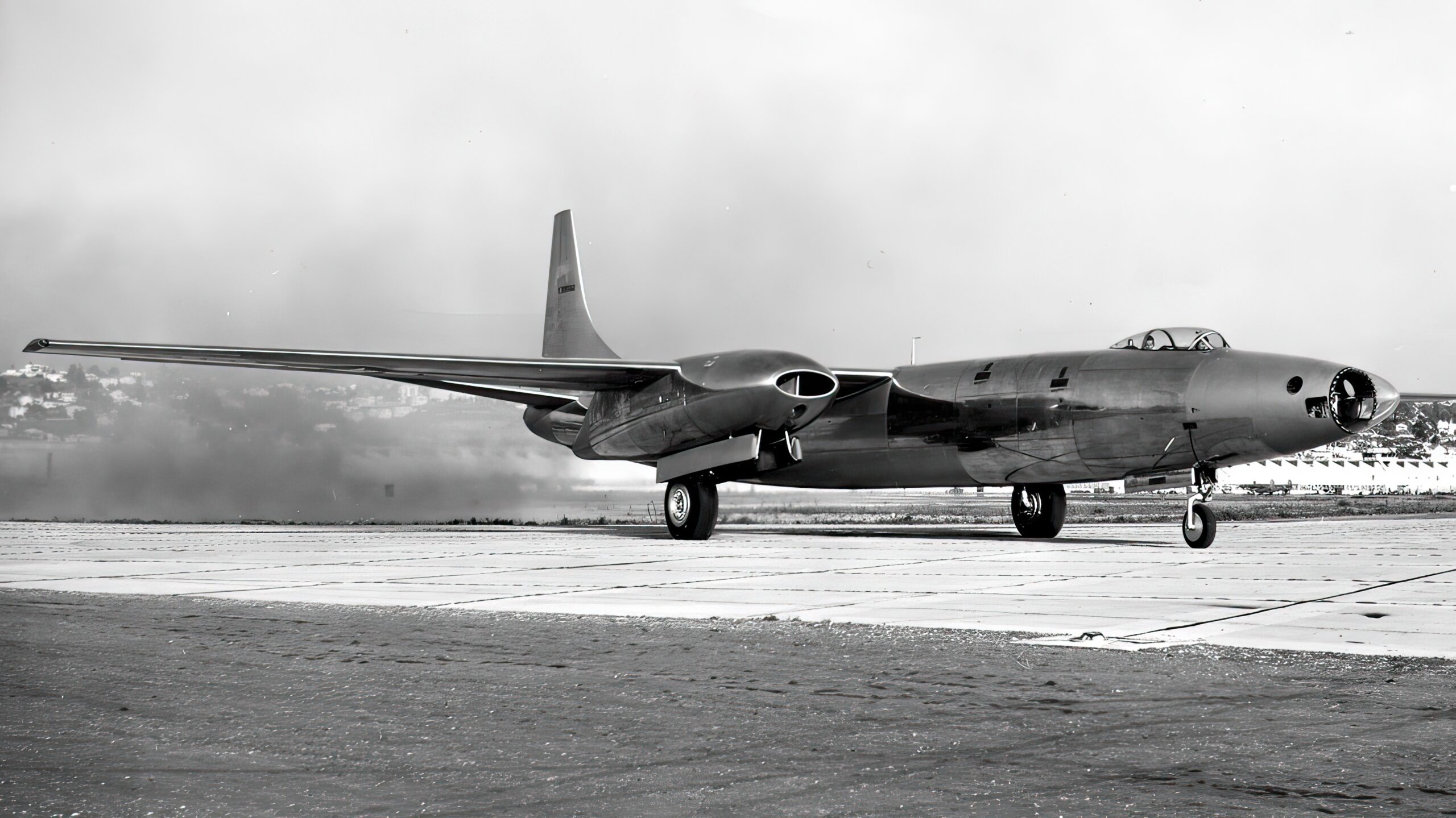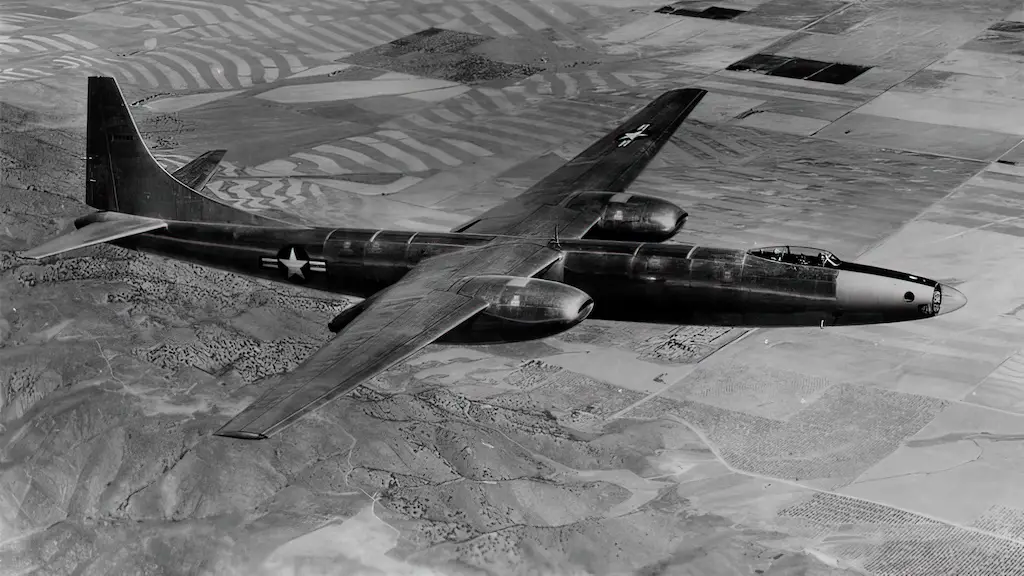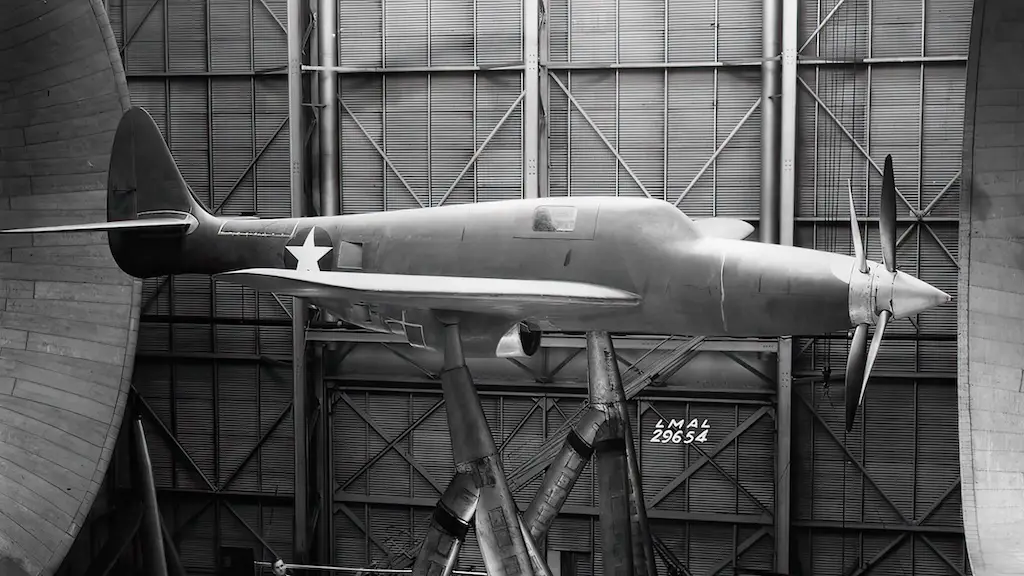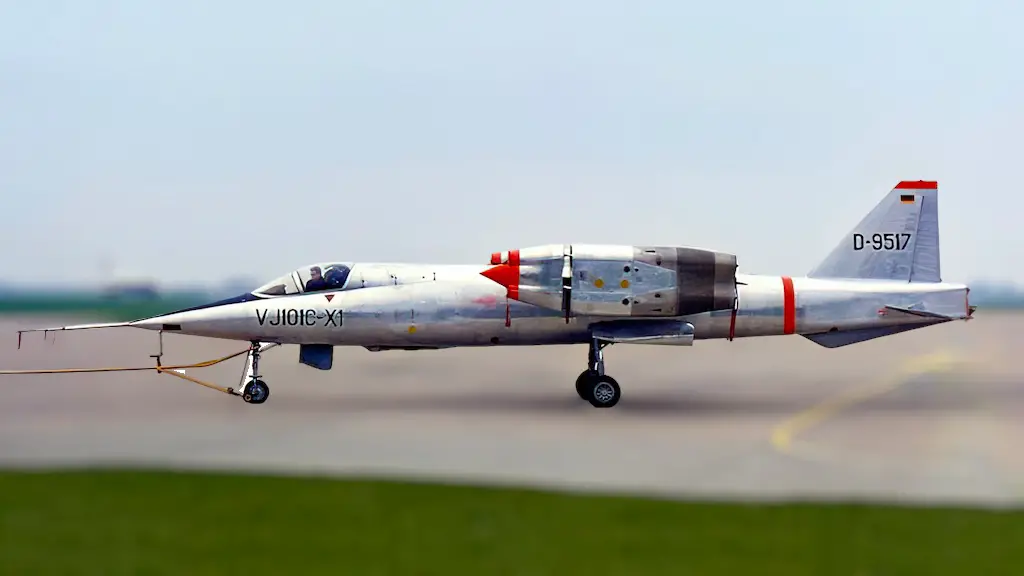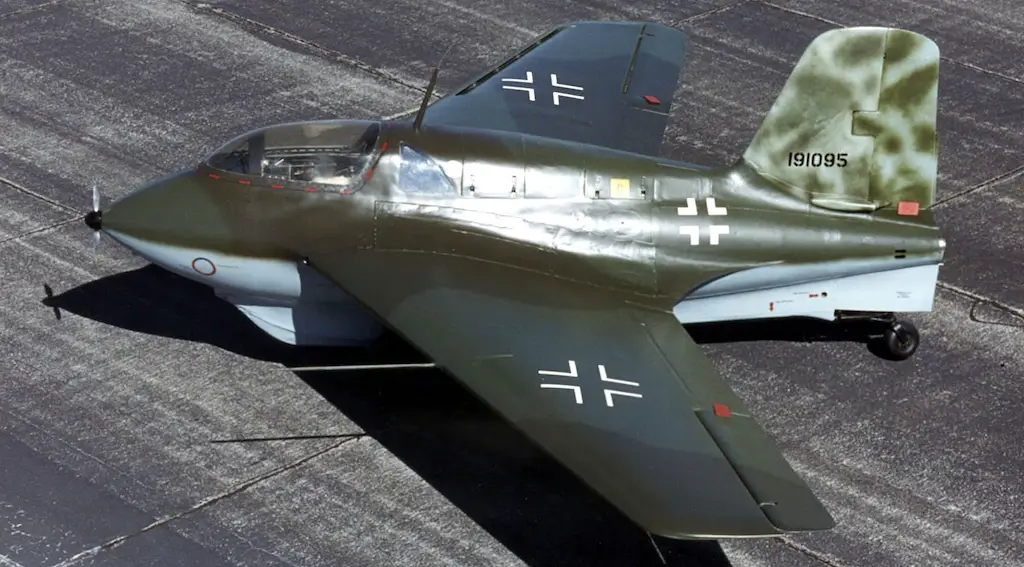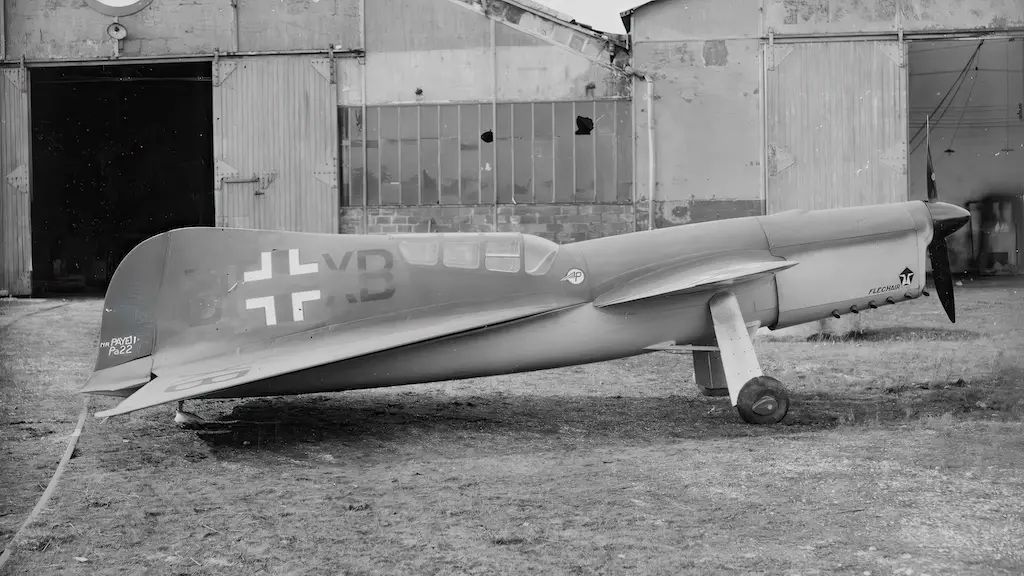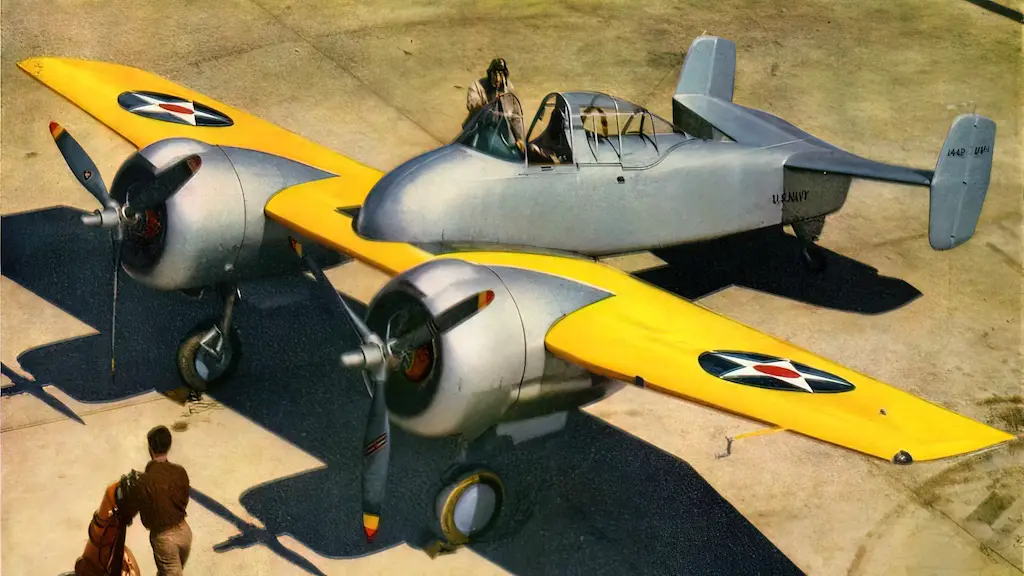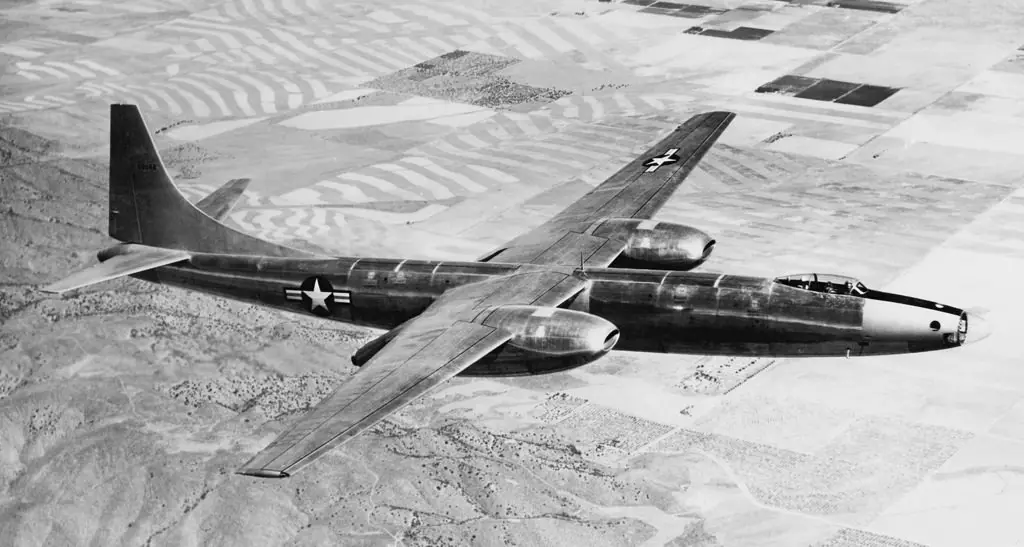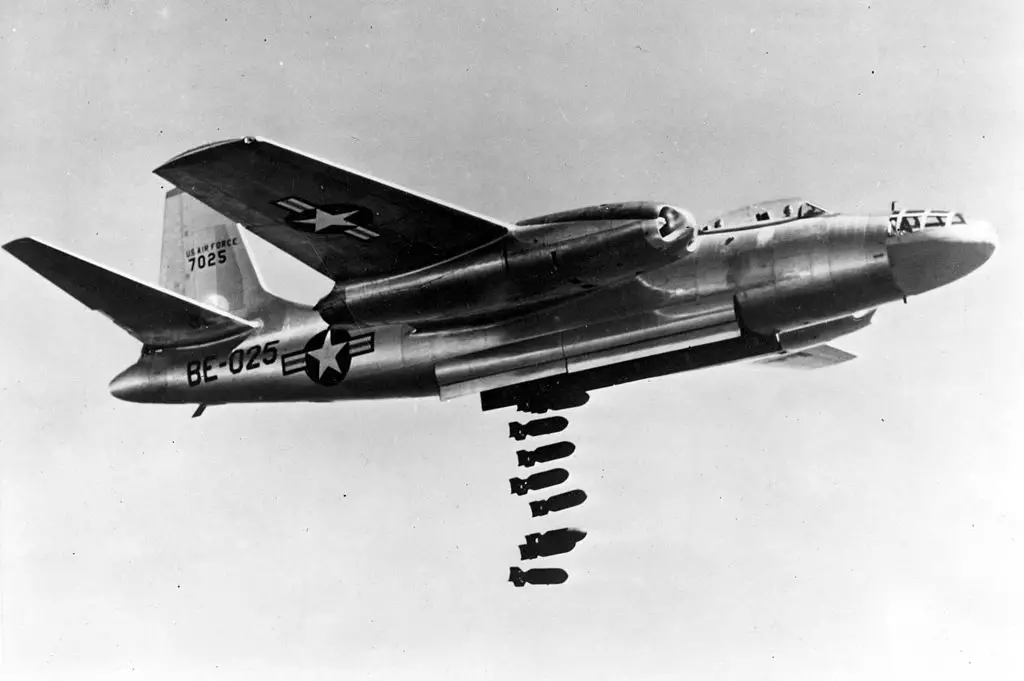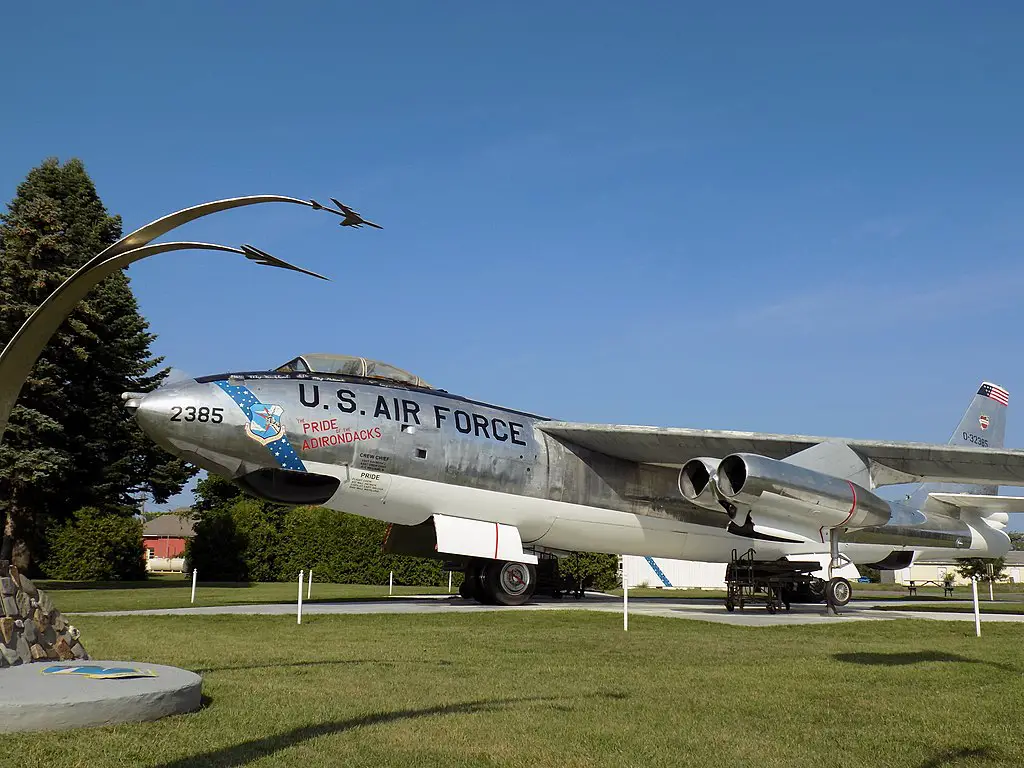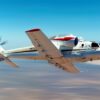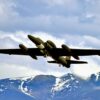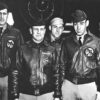Troubled Legacy
In the realm of aviation history, there exists a unique and intriguing aircraft, the Convair XB-46. Born during the post-World War II era, it was the outcome of a visionary quest to create the perfect medium jet bomber. Affectionately called ‘The Needle’ by its test pilots the tale of the Convair XB-46 is one of ambition, innovation, and ultimately, disappointment.
As the world recovered from the ravages of the war in 1944, the United States sought to develop a new generation of jet bombers to redefine air superiority. The Air Force was determined to acquire an agile and dependable aircraft, capable of penetrating enemy defenses and bearing a considerable payload. Convair, an American aircraft manufacturing company, seized the opportunity and began the ambitious project in 1945 under the leadership of Chief Engineer Charles F. Fischer.
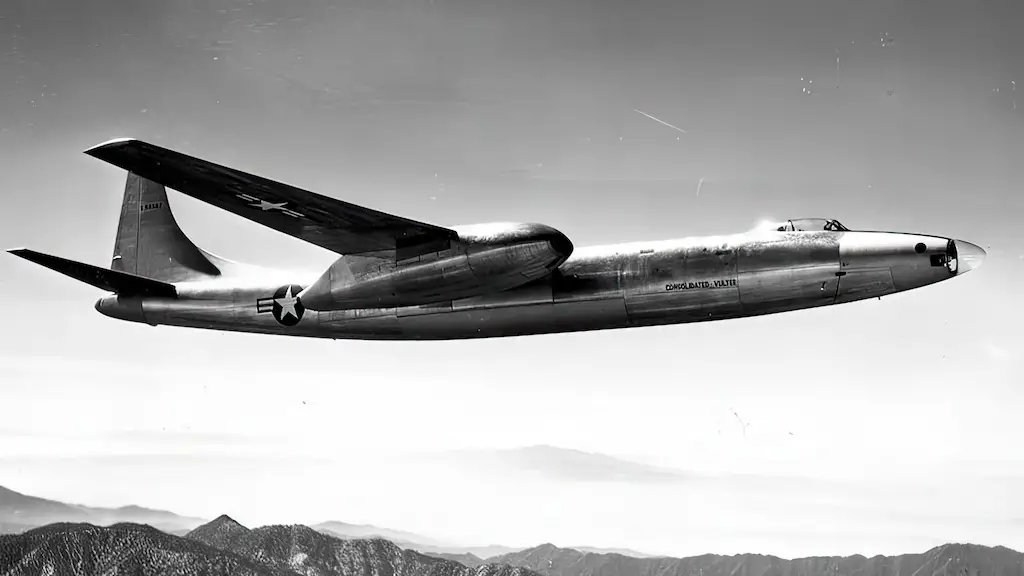
Technical Challenges
Designed with a sleek fuselage and slender wings, the Convair XB-46 was a remarkable blend of beauty and potential. Powered by four axial-flow turbojet engines, it promised a significant leap in aviation technology. Anticipation soared as the prototype took shape at Convairs’ San Diego plant. Engineers and mechanics dedicated their expertise to crafting this extraordinary aircraft, hopeful that it would revolutionize aerial warfare.
In April 1947, the XB-46 took its maiden flight, offering a glimpse of its capabilities. Test pilots were impressed by its handling and performance, and optimism grew around the project. However, beneath the exterior of this promising aircraft lay hidden imperfections that would eventually hinder its progress.
Testing Phase
During the testing phase, the Convair XB-46 revealed its shortcomings. The elegant wings, although visually striking, were the source of unanticipated issues. The wing design led to low lift and significant drag, diminishing the aircraft’s efficiency. Additionally, the engines were susceptible to overheating, and the fuel system was poorly designed, causing complications in maintaining an adequate fuel flow.
In response to these challenges, the Convair team worked tirelessly to find solutions. They experimented with alternative wing designs, including a swept-wing configuration, to enhance the aircraft’s aerodynamics. They also considered engine modifications and fuel system improvements. Despite their best efforts, the XB-46 was racing against time and other formidable competitors.
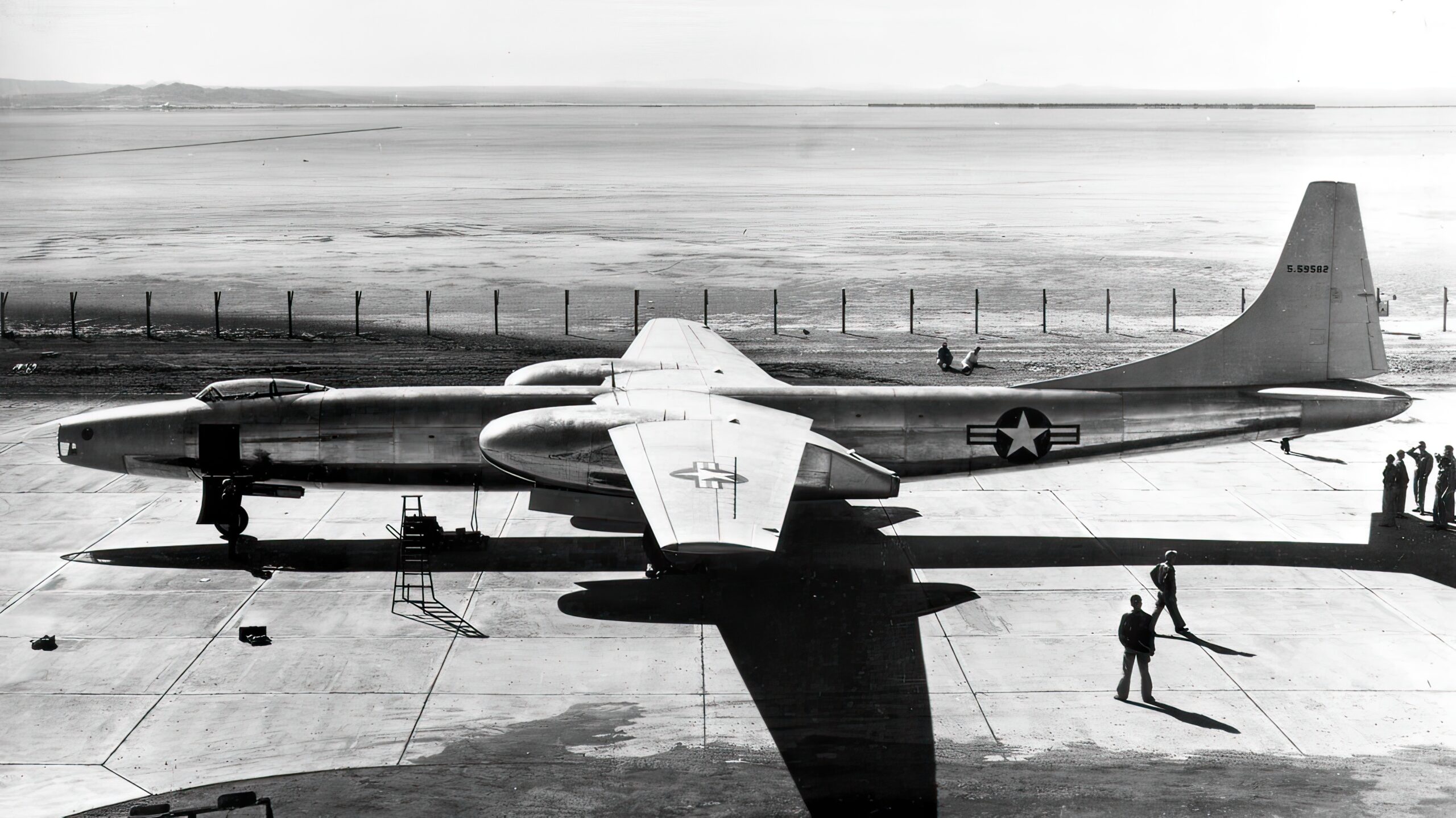
The End of the Convair XB-46 Project
The North American B-45 Tornado and the Boeing B-47 Stratojet, rival aircraft in the medium jet bomber category, were making significant advancements. These competitors showcased capabilities that soon overshadowed the efforts of the Convair team. Under the looming pressure of the Cold War, the Air Force faced a critical decision.
Ultimately, in August 1948, the Air Force announced the cancellation of the Convair XB-46 project. As the program came to a close, the once-promising aircraft was consigned to the annals of history.
